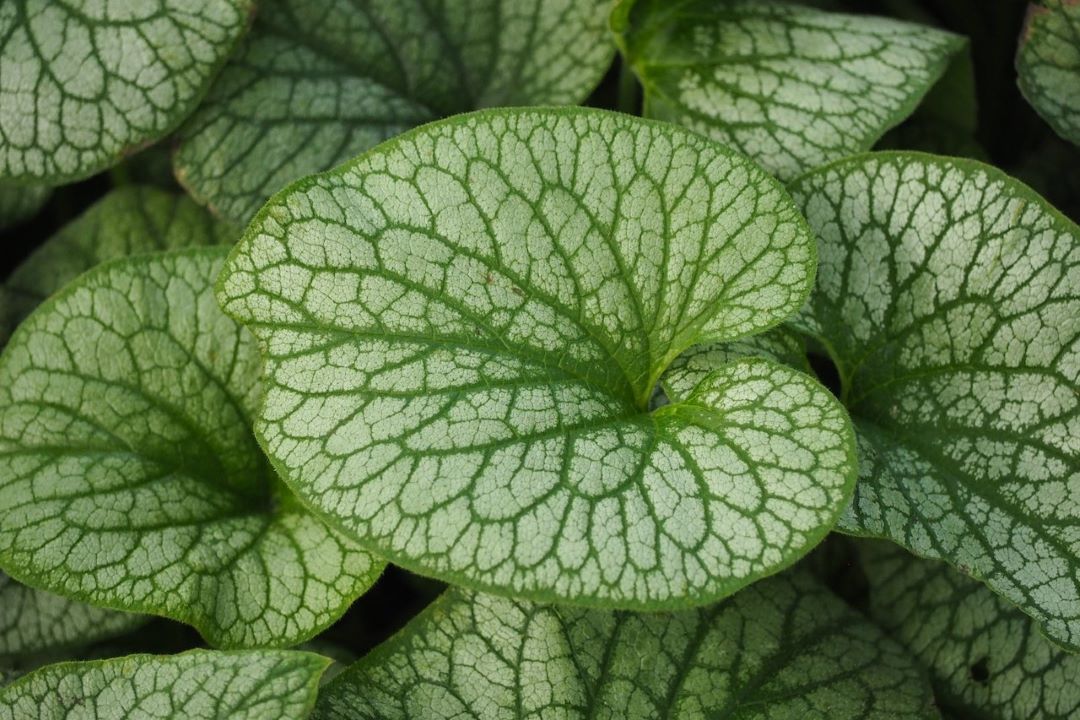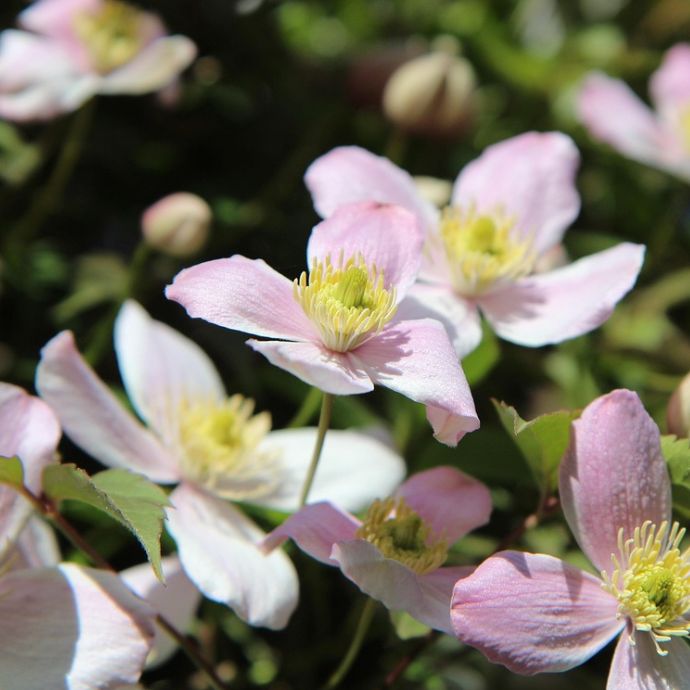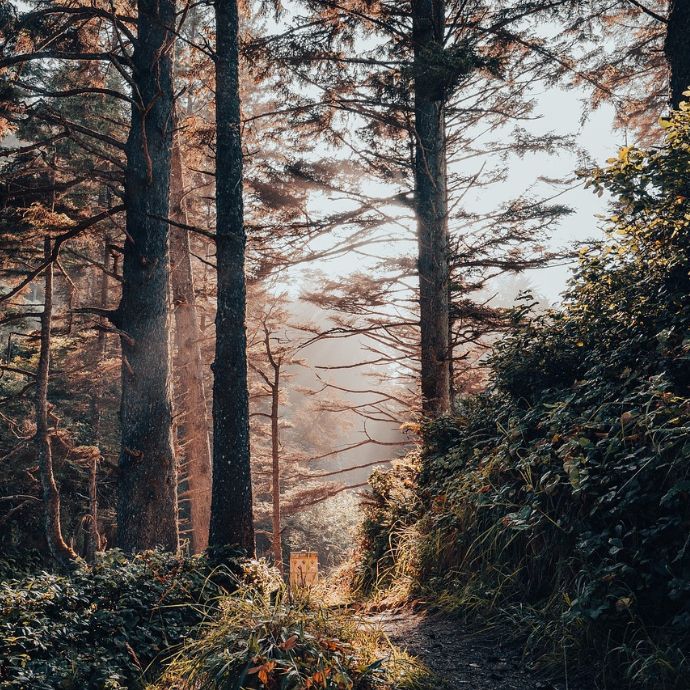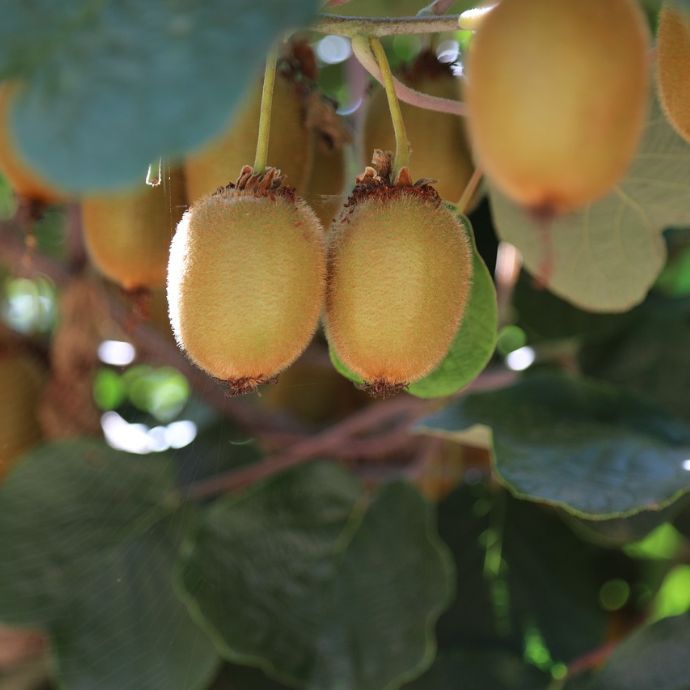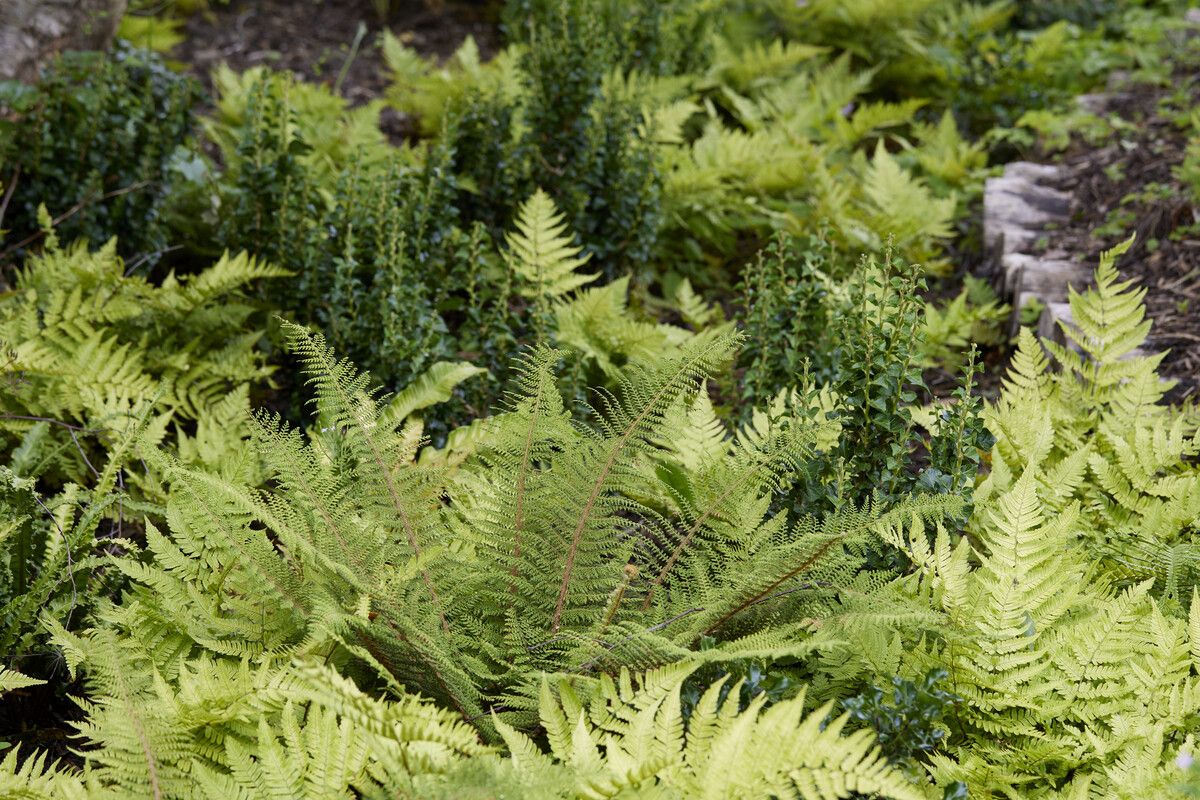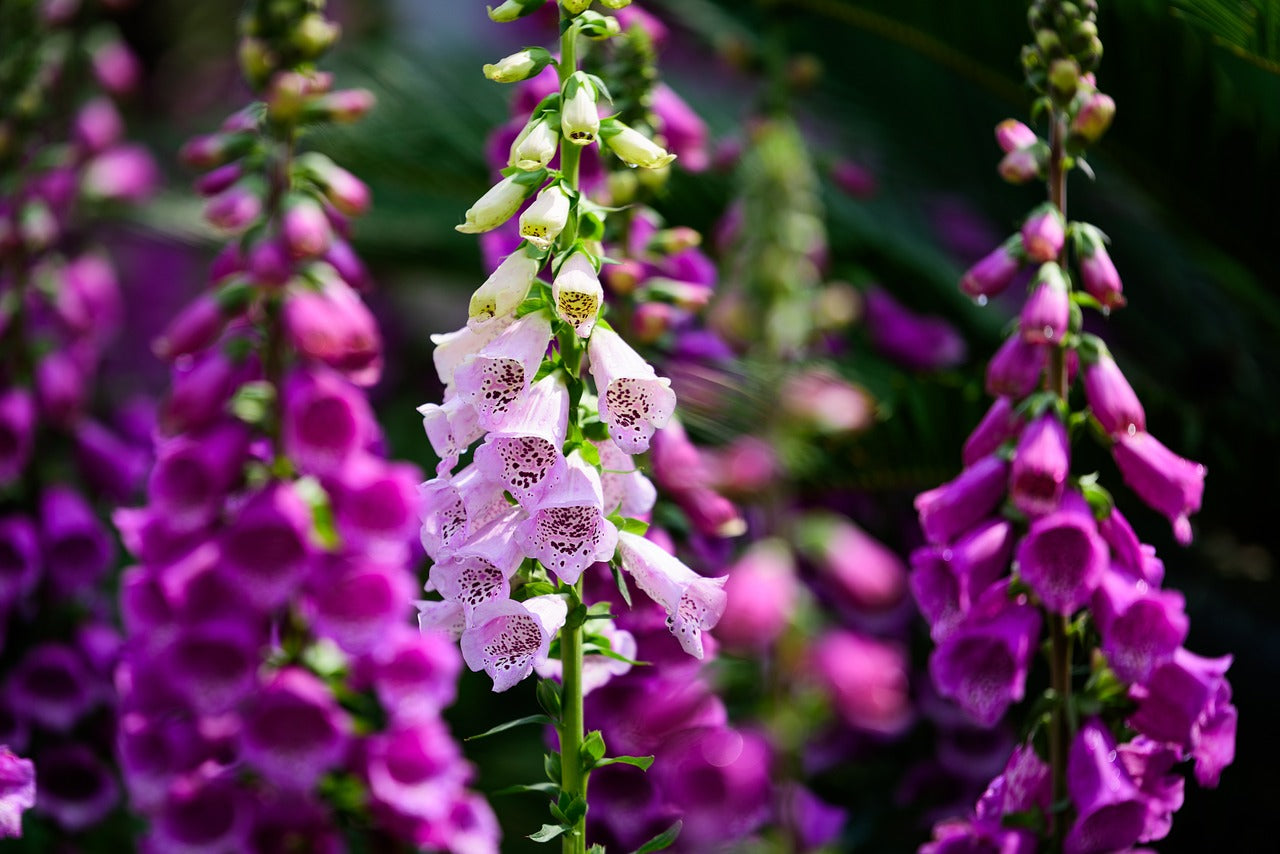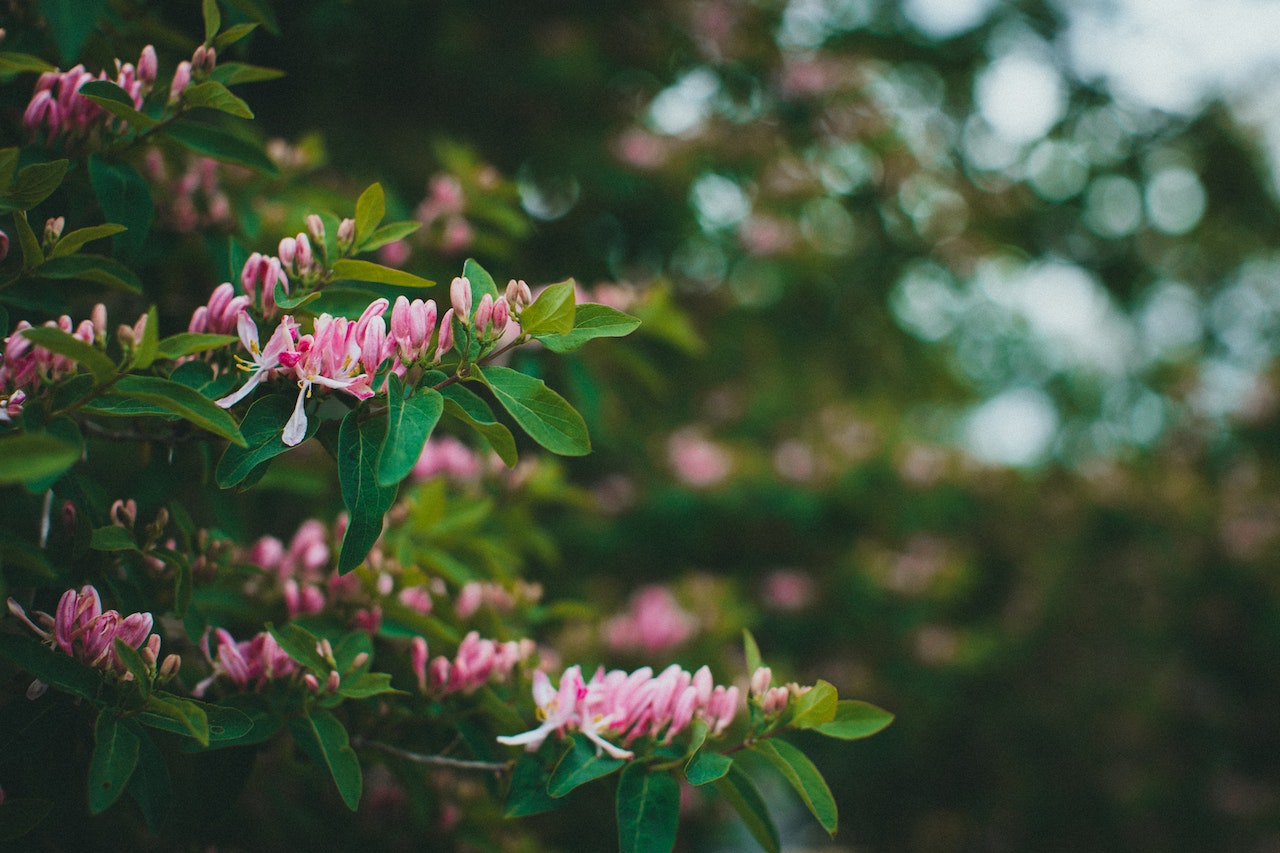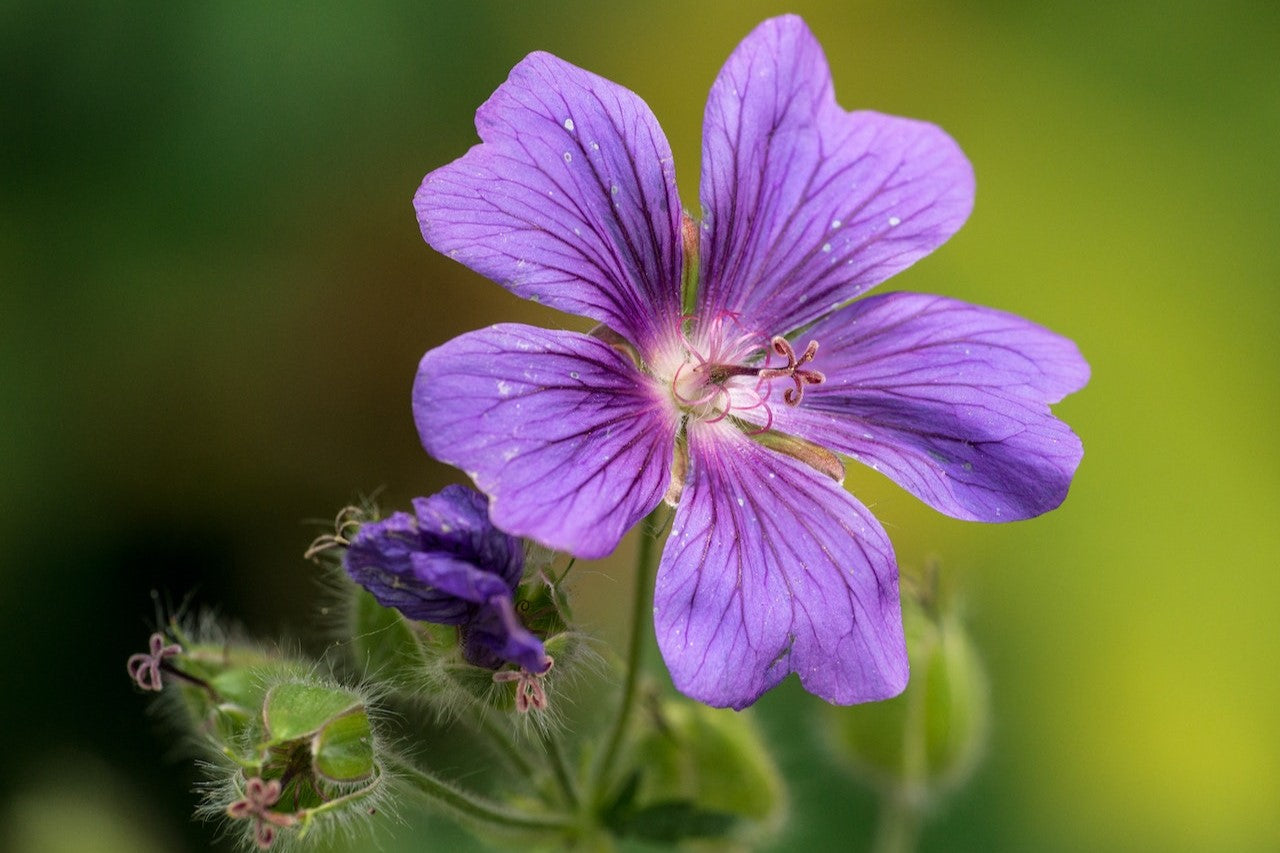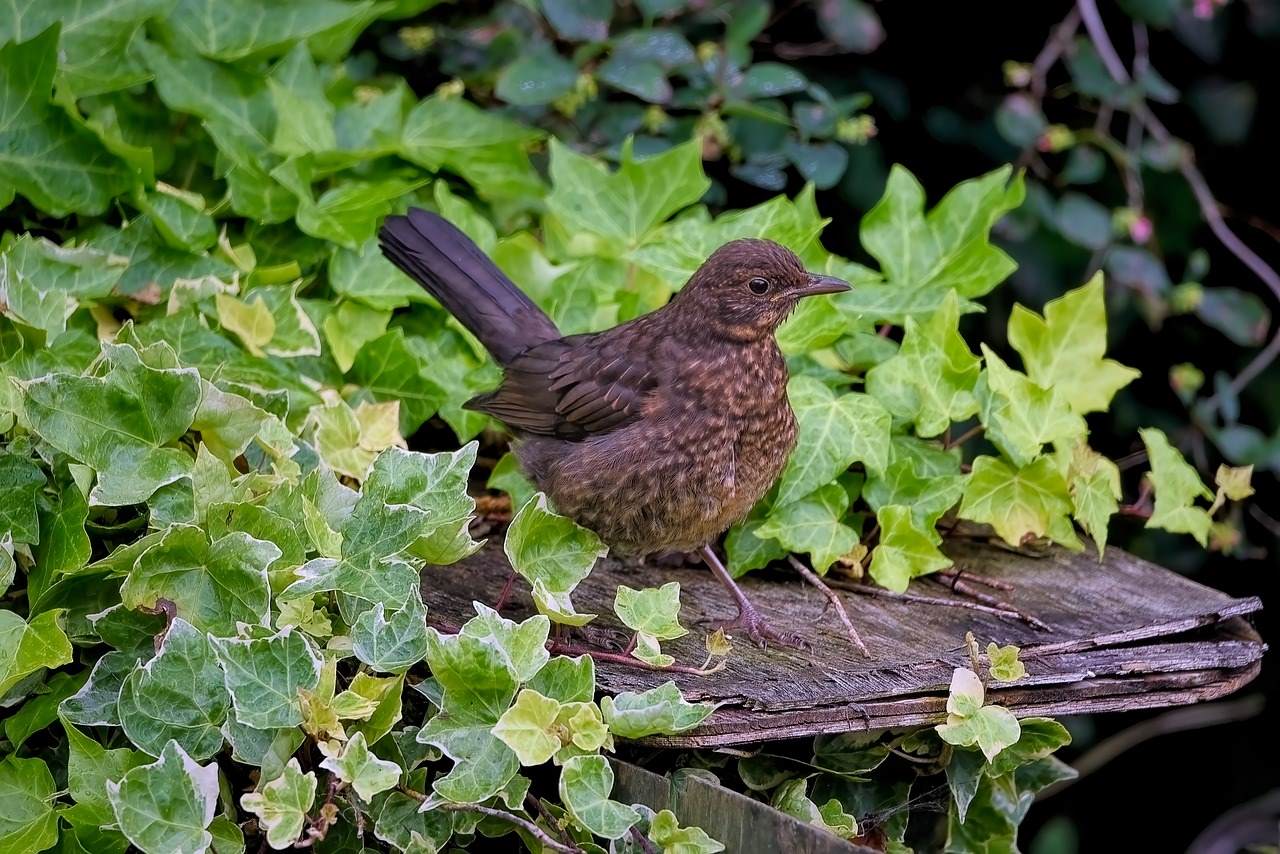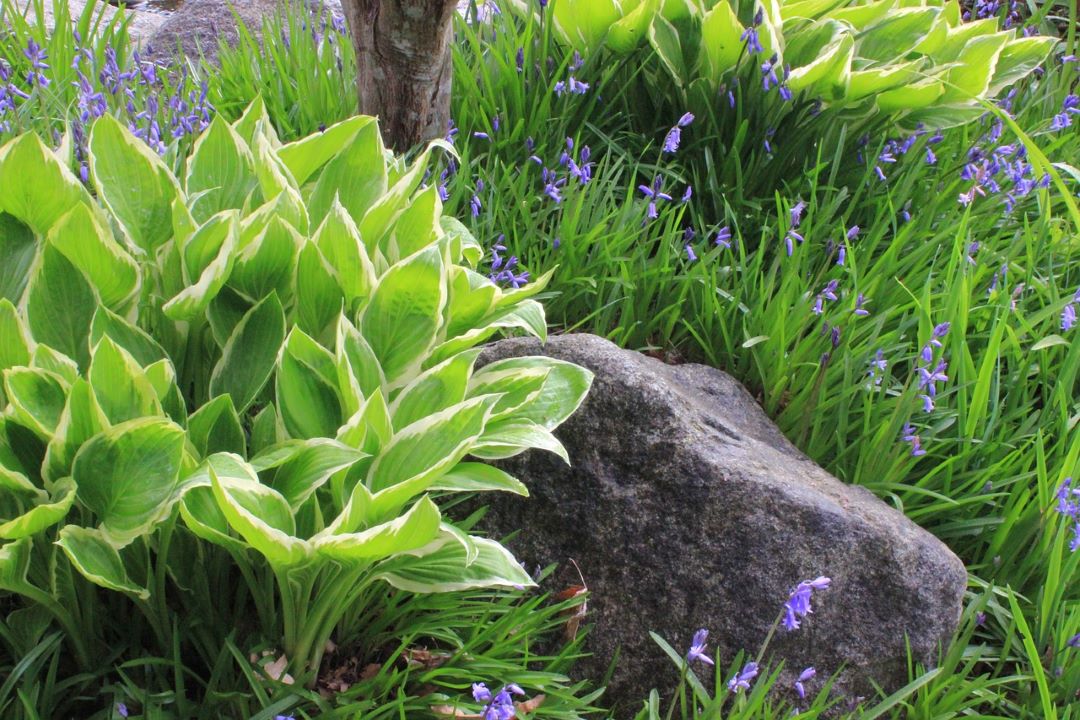Advice & Inspiration
Top 10 Shade Loving Plants
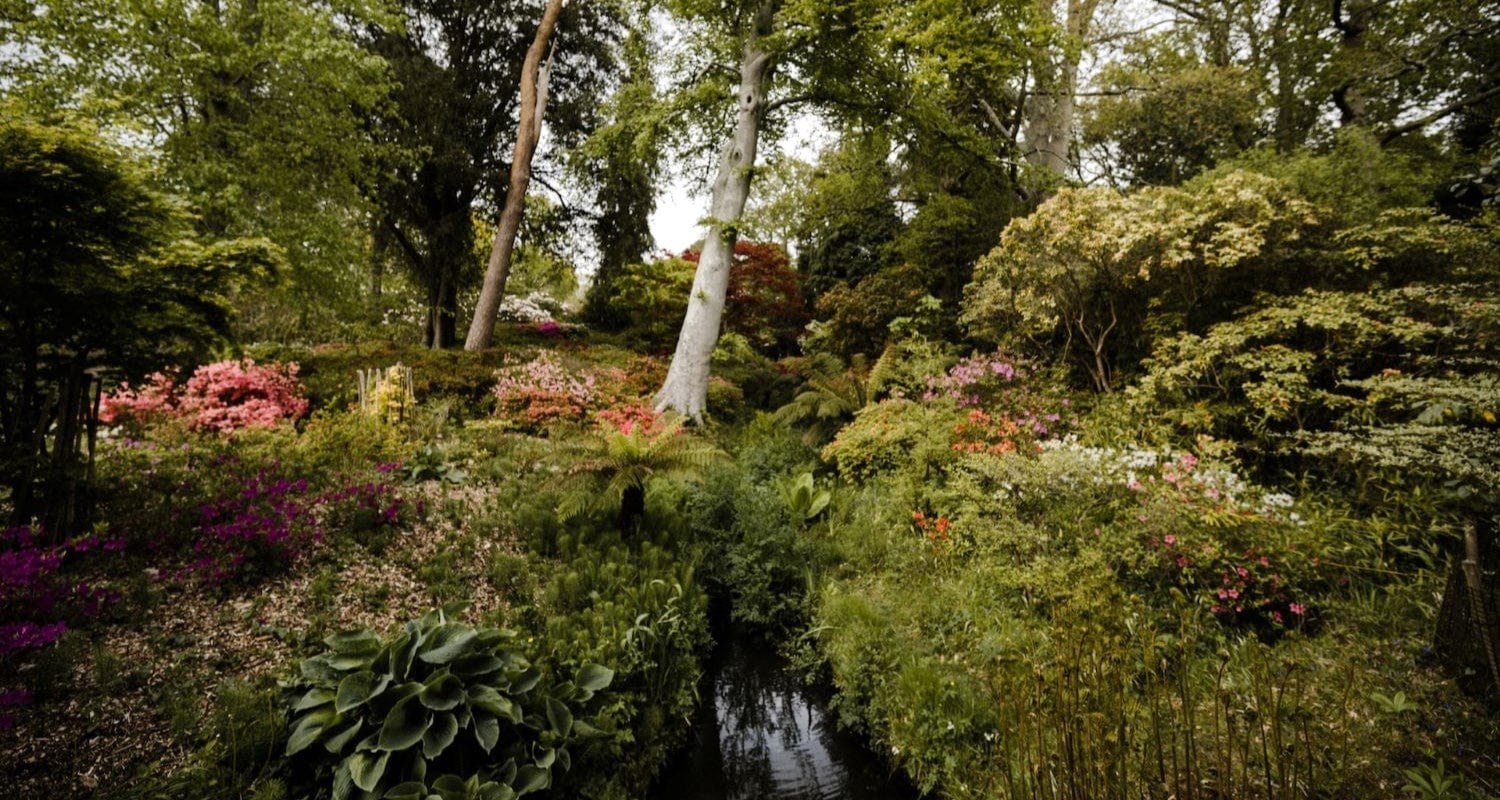
Create your own shady oasis
If your garden is on the shady side, with damp, waterlogged soil and dark corners, congratulations! You have the perfect growing conditions for a woodland planting scheme. The lack of sun might discourage you from growing the usual mixture of suburban perennials but it also means you can have something far more interesting - and in my opinion, more appealing. Needless to say, it’s also perfect if you’re looking to fill the gaps beneath trees.
A woodland garden aims to replicate the natural beauty of a glade with dappled light filtering through the treetops onto ferns, foliage and flowers on a variety of levels, and the plants on this list tick all the boxes. This planting scheme is low maintenance, wildlife-friendly and very, very relaxing - add a water feature or mini pond for the full effect.
1. Ferns
Ferns are a must for woodland gardens. They’re adaptable enough to work as a feature plant, as a backdrop for flowering perennials or to fill in shady gaps in borders. Felix femina (Lady Fern) is a large, elegant native variety with feathery, bright green fronds which pairs perfectly with low growing foliage plants like heuchera and hosta.
2. Heuchera
If there’s a more versatile plant than a heuchera, I haven’t yet discovered it. These ground cover beauties look good the whole year round, brightening up shady spaces with their clumps of frilled leaves in every colour from deep purple to lime green.
Just when you think heuchera can’t get any better, it throws out tall, thin stems in summer which stay covered in tiny flowers right through to autumn. They’re perfect for planting under a tree or large shrub and also work well in pots.
3. Foxglove
You’ll often see large drifts of foxgloves in natural woodland, as they thrive in shady areas, tolerate acid soil well and self seed, popping up in new places each year.
In the summer they provide essential nectar for bees, which you'll see emerging from the bell-shaped flowers covered in pollen.
4. Honeysuckle
Adding a vertical dimension to your woodland garden accentuates your trees - you can even train climbing plants to grow up their trunks. Honeysuckle will also bring a glorious heady scent to your scheme, and can be used to soften and naturalise structures like pergolas and sheds.
These attractive climbers evolved to grow in woodland, which is why they love having their roots in shade and their tendrils growing into the light.
5. Hardy Geranium
Hardy geraniums are so named to distinguish them from the annual varieties that are sold for hanging baskets and containers - which are actually pelargoniums. Confused yet? Hardy geraniums are the type you need for shady woodland gardens - they're tougher, more shade tolerant and tend to have a low growing, spreading habit.
They can usually be found in shades of pink, blue or white and flower from May to September.
6. Dicentra
Usually a vivid pink and white, shade loving dicentra - or Bleeding Heart - produces heart shaped pillow-like petals hanging in rows from drooping stems. The white version, Dicentra spectabilis alba, looks particularly striking against a dark woodland background or paired with deep green foliage plants. Dicentra can also be planted under deciduous trees, as it flowers in spring and will have finished blooming by the time the tree’s leaves come in.
7. Ivy
Transform your garden into a woodland oasis in no time by using ivy - a variegated variety like Hedera helix Goodchild or Clotted Cream will create extra contrast and texture when twined around a mature tree or covering a fence. It can also be used as a groundcover plant in shady areas, which will soften the edges of your garden and give it more of a natural form.
8. Hosta
As seen in every English woodland, hostas have the most gorgeously recognisable large, textured leaves on the forest floor. Thriving in light or medium shade, these low growing perennials are best paired with taller foliage plants or planted as a backdrop for flowering ground cover plants like geraniums or brunnera. They’re prized for their foliage, but in summer, they also produce small purple or white flowers on tall stems.
9. Astilbe
A distinctive, fluffy plant which reminds me of one of those tiny, bright coloured Christmas trees in shades of red or bright pink, astilbe has rocketed in popularity over the last few years and with good cause. Astilbe thrive in shade, but if you can plant them somewhere where an hour or two of dappled sunlight will reach them in the mornings, they’ll produce more flowers. They’re also one of those rare, wonderful plants that pests seem to leave well alone!
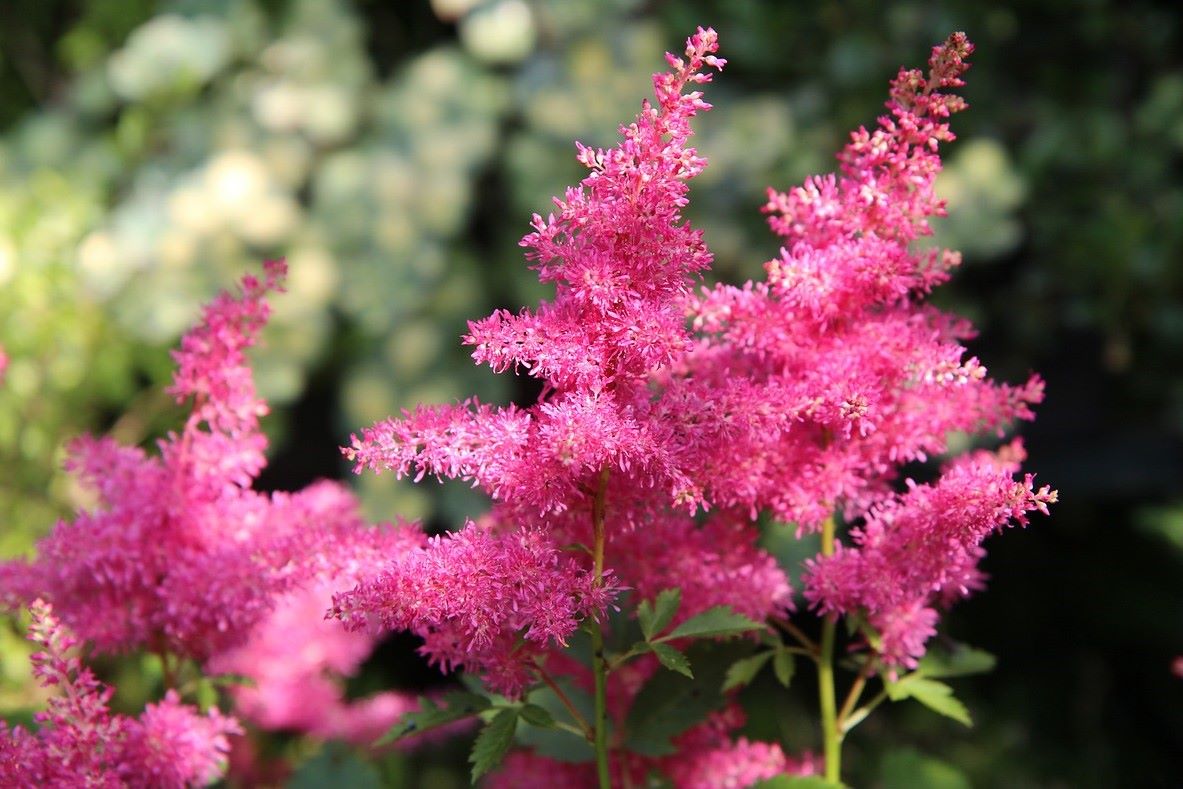
10. Brunnera
Spring flowering brunnera is a low growing ground cover plant which will cover your forest floor with a carpet of little forget-me-not-like flowers nestled amongst heart shaped silver and green leaves. Bees love it! Plant brunnera in drifts under trees or shrubs, and at the front of borders where it can get a little dappled light.
